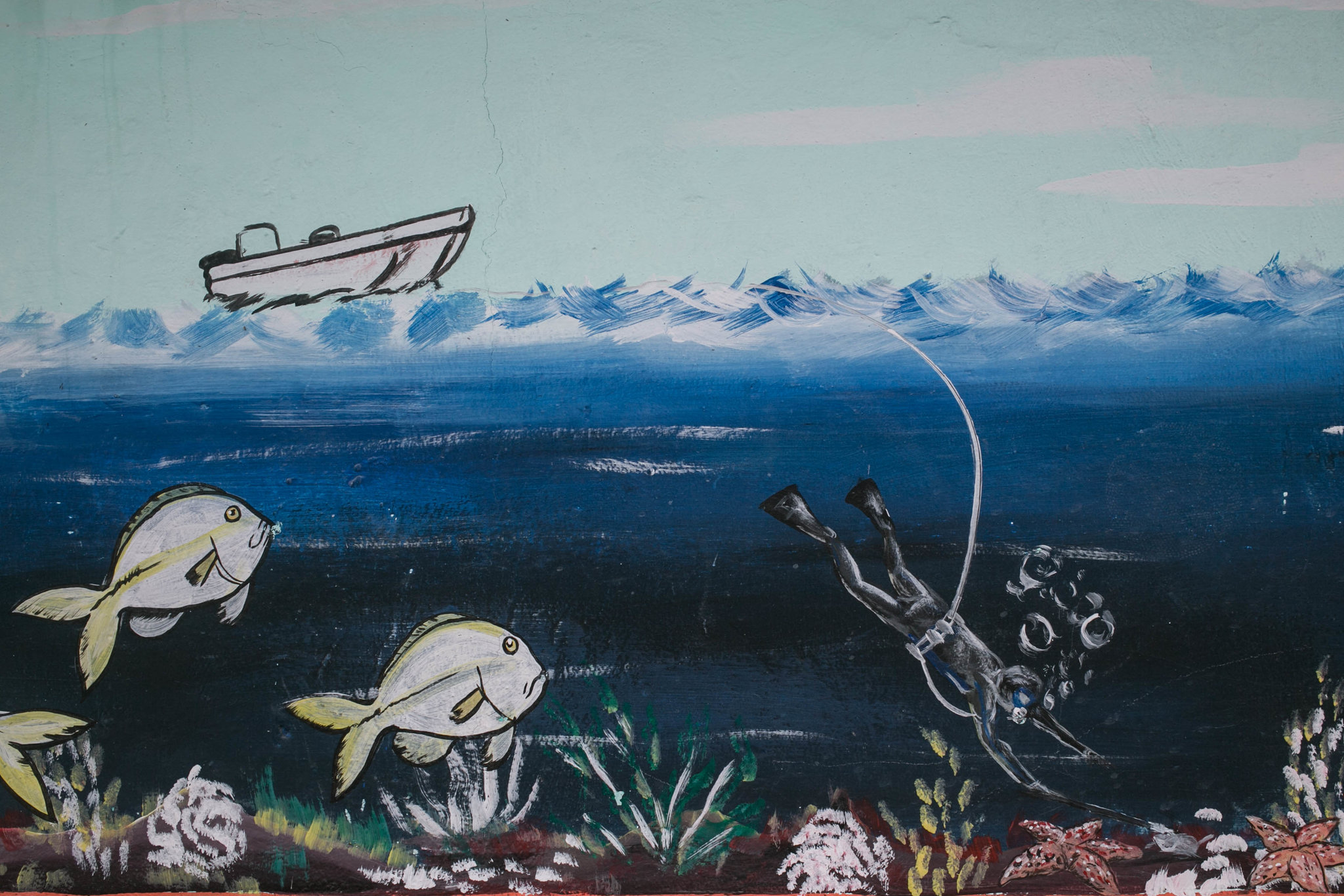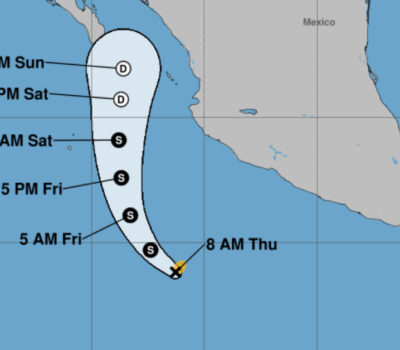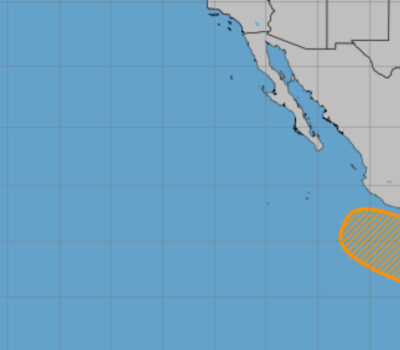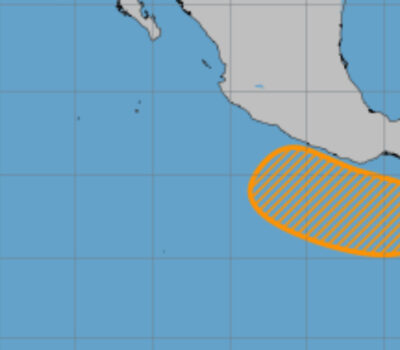The sea cucumber, a relative of the starfish and sea urchin, isn’t much more than a blob creeping across the ocean floor on tentacle-feet, munching on algae and plankton. The most interesting thing about the animal may be that some species defend themselves by ejecting respiratory tissues through the anus in the direction of the attacker.
But here on the Yucatán Peninsula, the un-charismatic sea cucumber has become so sought-after that the local populations of two species — Isostichopus badionotus and Holothuria floridana — have collapsed.
In the two-week fishing season last April, divers in this town hauled in 14 metric tons of sea cucumber — a sharp drop from the 260 metric tons harvested four years ago.
The decline is largely the result of overfishing driven by high demand in Asia, where dried sea cucumbers are eaten as a delicacy and can sell for more than $300 a pound. Sea cucumbers are said to deter muscle aging, boost the immune system, and treat fatigue and arthritis.
At least 16 species of sea cucumber worldwide are now threatened with extinction because of intense harvesting, according to the International Union for Conservation of Nature. Another seven are endangered, and nine are vulnerable. Researchers say reduced numbers of sea cucumbers may lead to decreased nutrient recycling and biodiversity on the seafloor, and may interrupt the food chain.
But while sea cucumber fisheries throughout the world have long been troubled, the Yucatán offers one of the most vivid examples of the challenges facing the animal.
Read the full story: How a Seafloor Blob Became Mexico’s ‘Black Gold’
The sea cucumber, a relative of the starfish and sea urchin, isn’t much more than a blob creeping across the ocean . . .












